16 Beautiful Words For “Love” From Different Philippine Languages
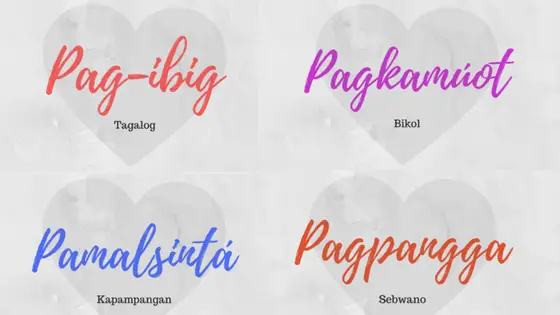
What is love? For some, it’s the best word to describe the bond we have with our mothers, the emotion that grips us when we help other humans in need or the invisible force that inspires us to fight for our country.
However, two kinds of love always reign supreme. One involves our Creator, while the other binds two completely different people together. The latter is the universal language we all understand, one that breaks boundaries and transcends language barriers.
Also Read: 16 Colors And Their Beautiful Names In The Philippine Language
Interestingly, language is also the easiest way to express one’s love. And here in the Philippines, you have plenty of languages to choose from. Take note that I’m using language instead of dialect because, as one linguist explained it, there’s a concept of “mutual intelligibility” which suggests:
“Two languages where speakers can understand each other are considered dialects of the same language, whereas two languages where the speakers cannot understand each other are, indeed, separate languages.”
Also Read: 1 Shapes You Didn’t Know Had Filipino Names
There are about 150 existing languages in the country today, each of which is distinct from each other. But while Filipinos from different regions sometimes don’t understand each other, two things always unite them as one: their shared history and innate ability to love.
1. Pagsintá (Tagalog).
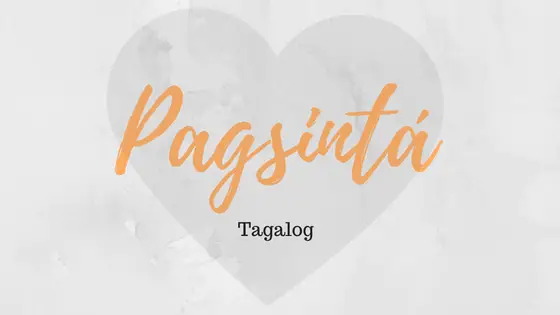
2. Pagkamúot (Bikol).
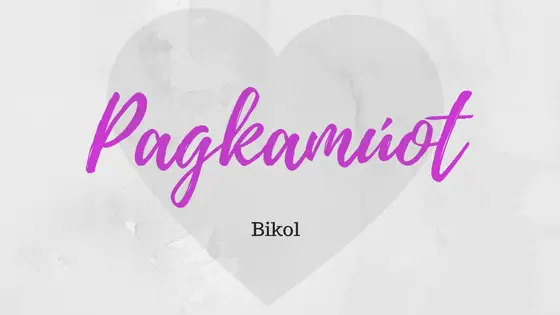
3. Gúgma (Sebwano/Waray/Hiligaynon).

4. Pagpangga (Sebwano).
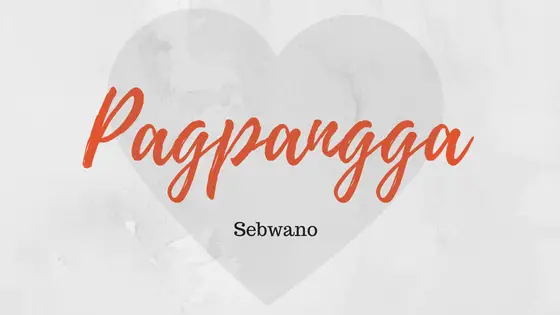
5. Amór (Chavacano).
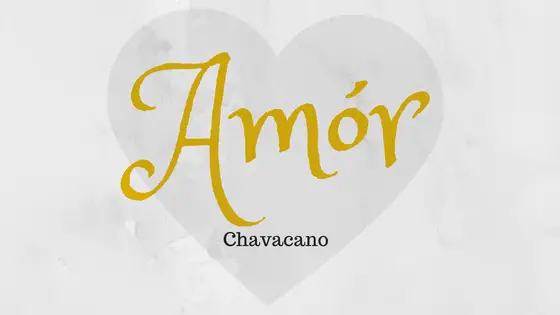
6. Pag-írog (Tagalog).
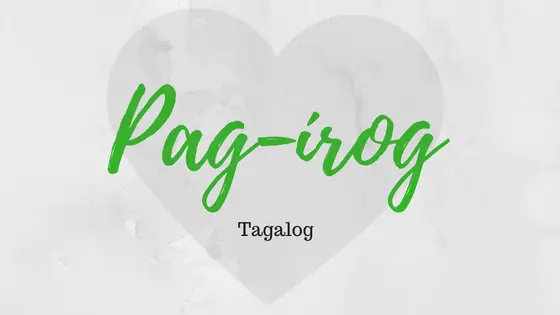
7. Paggíliw (Tagalog).
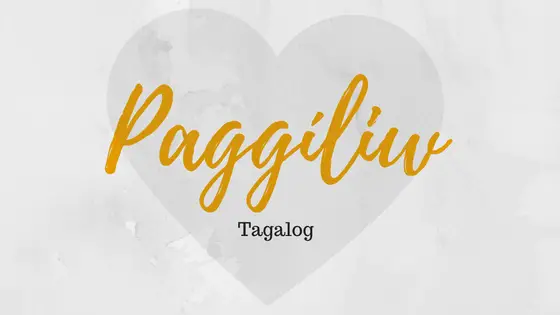
8. Iddu (Ibanag).
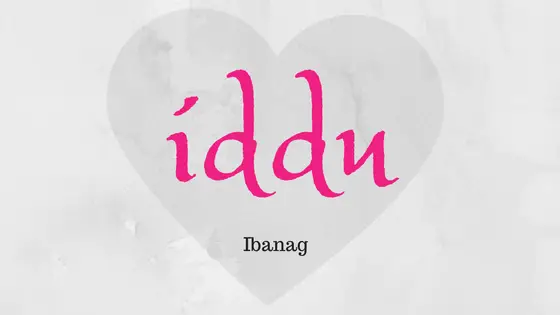
9. Ayatén (Ilokano).
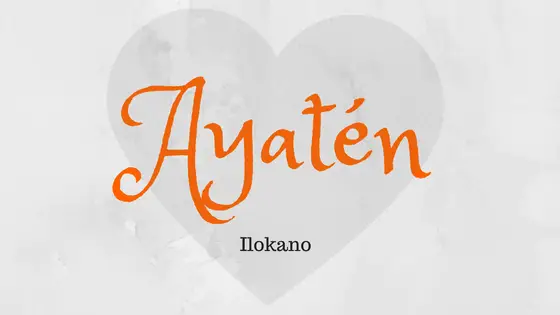
10. Chadaw/chadao (Ivatan).
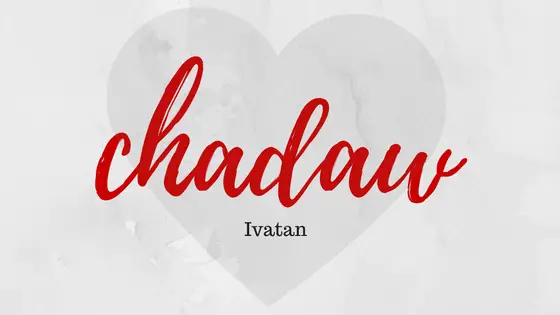
11. Pamalsintá (Kapampangan).
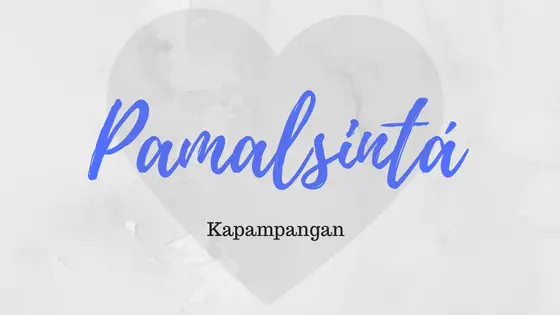
12. Pagkiog (Maguindanao).
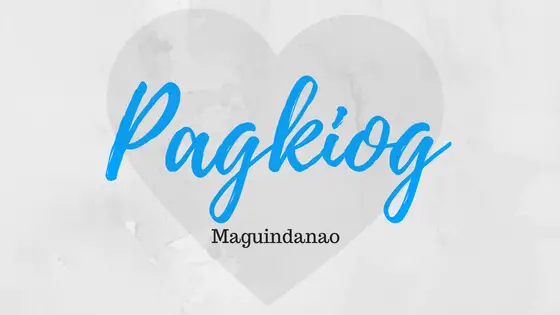
13. Dálit (Pangasinan).
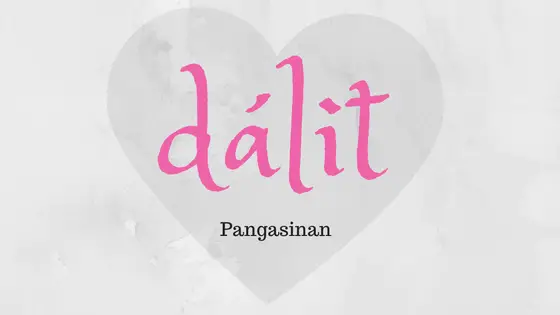
14. Paláyaw (Sinaunang Tagalog).
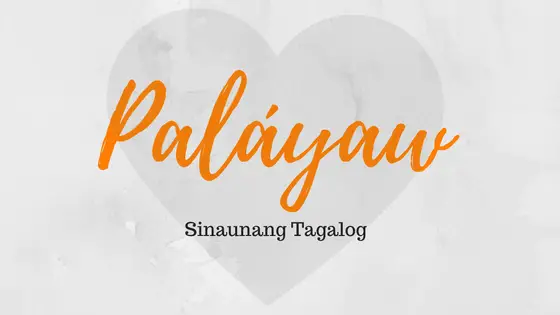
15. Pag-ibig (Tagalog).
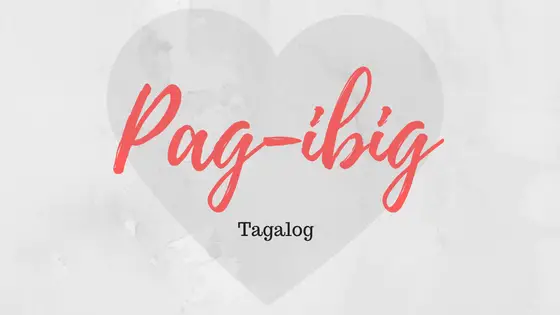
16. Pagmamahal (Tagalog).
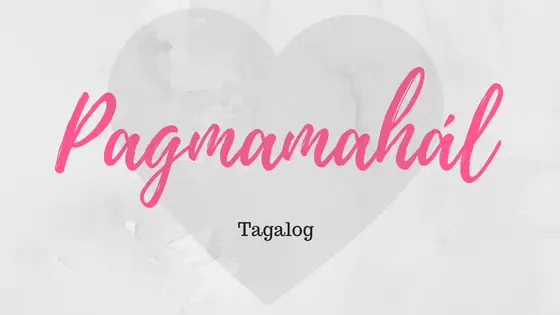
Try This: FilipiKnow’s Ultimate Tagalog-English Dictionary
References
Albert, J. Many Voices, One Nation: The Philippine Languages and Dialects in Figures. Philippine Statistics Authority Official Website. Retrieved 16 August 2016, from http://goo.gl/uWV1nR
Almario, V. (2009). UP Diksiyonaryong Filipino (2nd ed.). Quezon City: UP Sentro ng Wikang Filipino-Diliman.
What’s the Difference Between a Dialect and a Language?. (2014). Slate.com. Retrieved 16 August 2016, from http://goo.gl/je0GoH
FilipiKnow
FilipiKnow strives to ensure each article published on this website is as accurate and reliable as possible. We invite you, our reader, to take part in our mission to provide free, high-quality information for every Juan. If you think this article needs improvement, or if you have suggestions on how we can better achieve our goals, let us know by sending a message to admin at filipiknow dot net
Copyright Notice
All materials contained on this site are protected by the Republic of the Philippines copyright law and may not be reproduced, distributed, transmitted, displayed, published, or broadcast without the prior written permission of filipiknow.net or in the case of third party materials, the owner of that content. You may not alter or remove any trademark, copyright, or other notice from copies of the content. Be warned that we have already reported and helped terminate several websites and YouTube channels for blatantly stealing our content. If you wish to use filipiknow.net content for commercial purposes, such as for content syndication, etc., please contact us at legal(at)filipiknow(dot)net